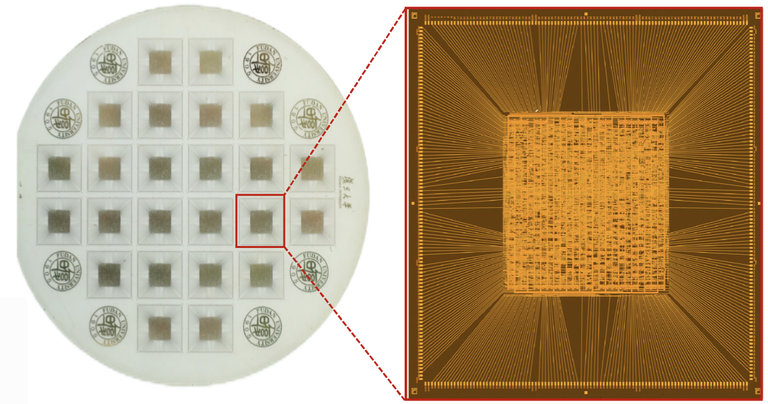The first 2D chip

Using molybdenum disulfide as a semiconductor instead of silicon.
The most advanced microchip today.
Follow my publications with the latest in artificial intelligence, robotics and technology.
If you like to read about science, health and how to improve your life with science, I invite you to go to the previous publications.
If you like to read about science, health and how to improve your life with science, I invite you to go to the previous publications.